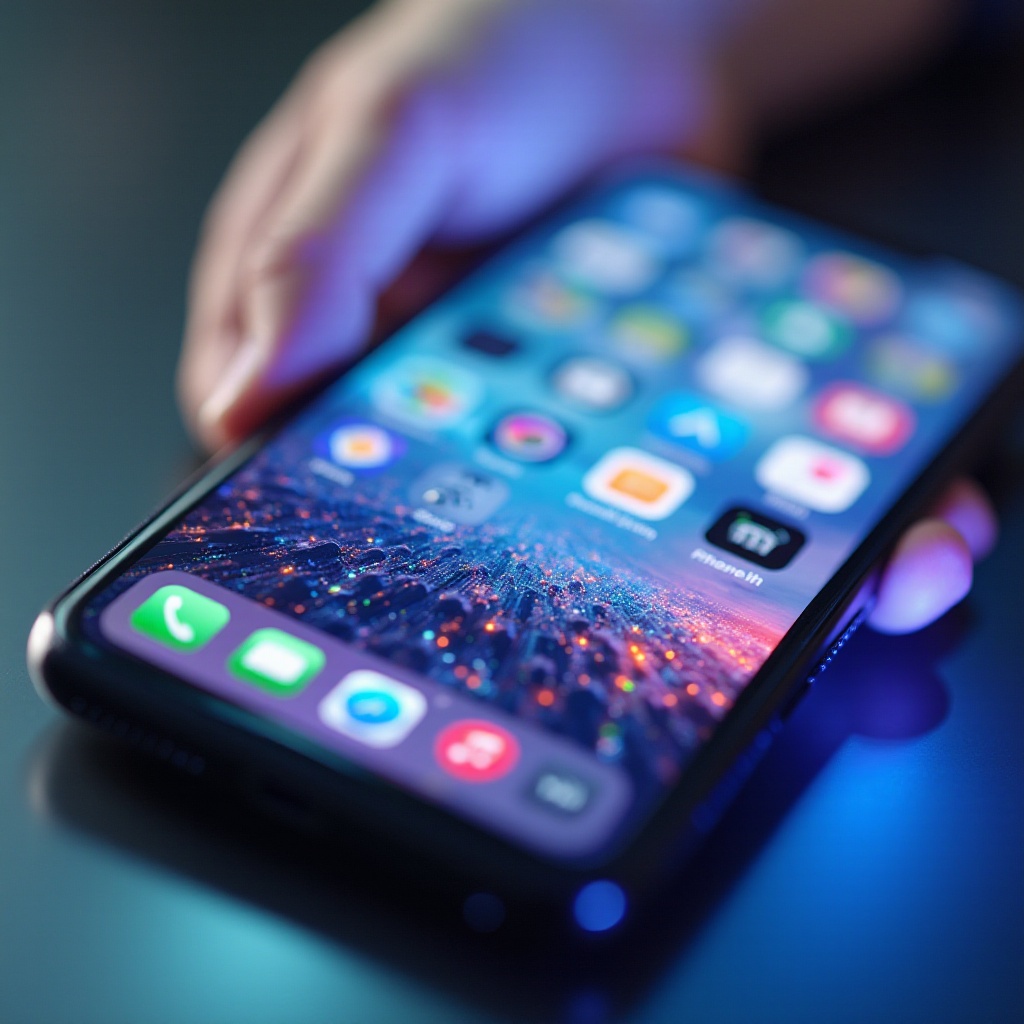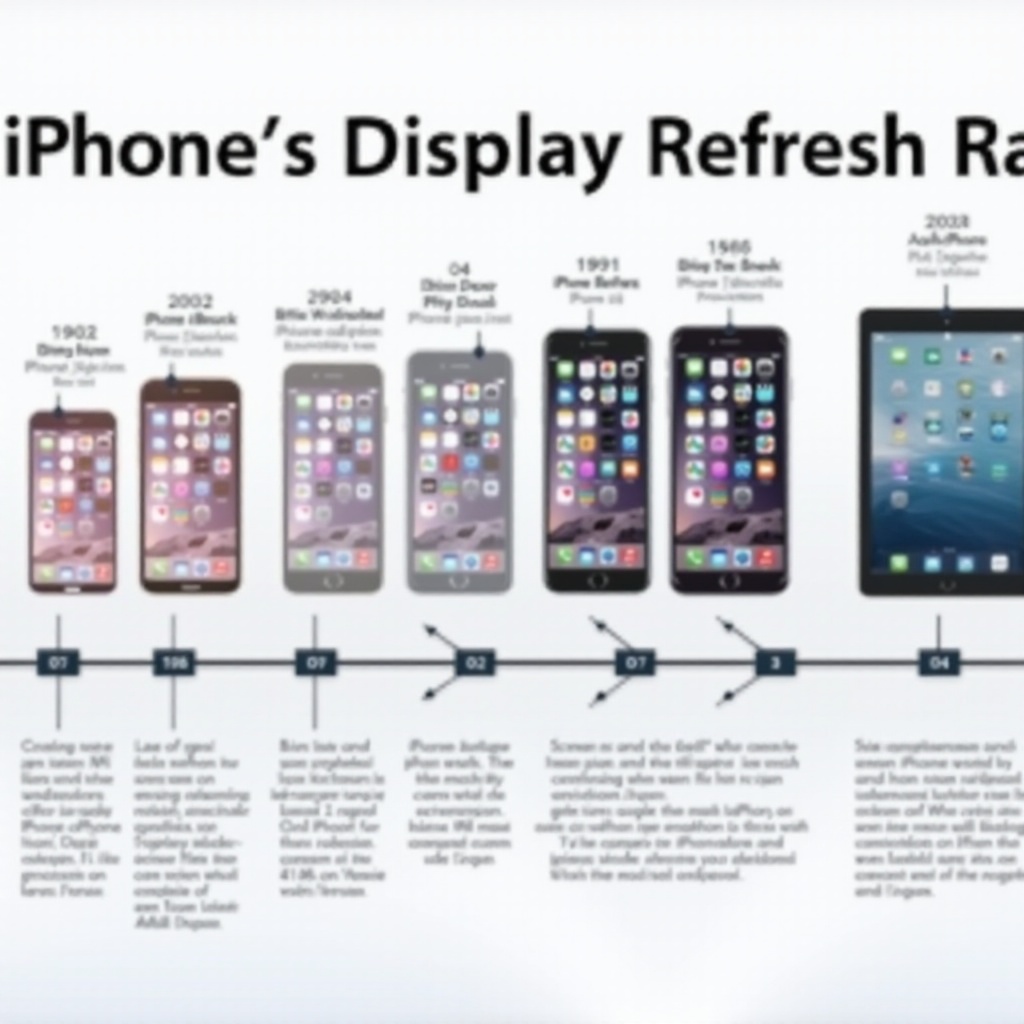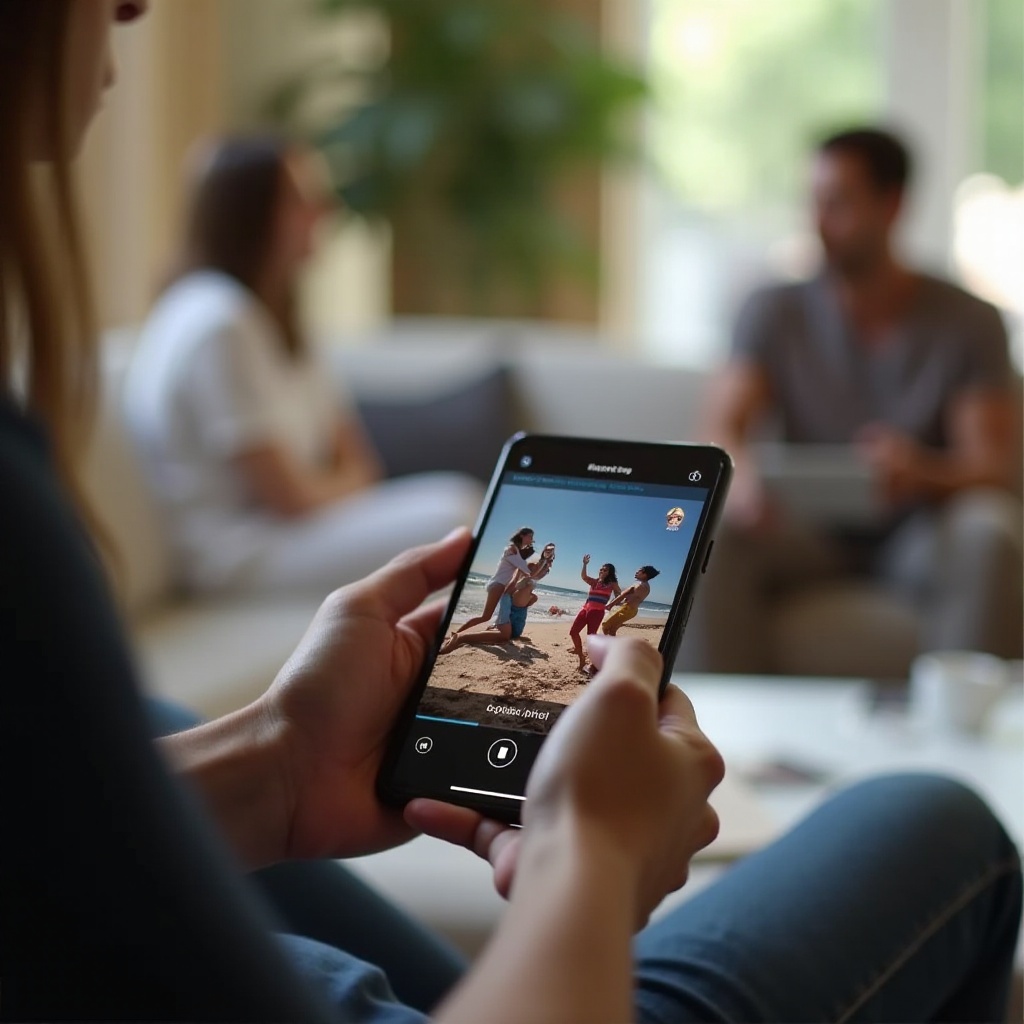Unlocking the Potential: iPhone 16's Display Refresh Rate
Introduction
Apple continues to push boundaries with each iteration of the iPhone, and the iPhone 16 is no exception. A significant feature speculated to set it apart is its display refresh rate. This article will delve into what a display refresh rate is, the historical context of this technology, the anticipated refresh rate for the iPhone 16, and how it could impact daily use and multimedia consumption.

Defining Display Refresh Rate
The display refresh rate is the number of times a screen refreshes itself per second, measured in Hertz (Hz). A higher refresh rate results in smoother and more responsive visual experiences, enhancing everything from scrolling through social media to immersive gaming. The difference between a standard 60Hz display and a 120Hz display is almost night and day, offering significant enhancements to user experience.
Historical Context
Understanding the significance of the iPhone 16's refresh rate requires a brief look at the technology's evolution. Early smartphones typically featured a refresh rate of about 60Hz. This was the standard for many years, ensuring fluid user interactions and satisfactory performance. However, as technology progressed, higher refresh rates became viable and started appearing in premium devices, bringing about notable improvements in user interface and multimedia consumption. Devices like the iPhone 13 Pro and the iPhone 14 Pro integrated ProMotion technology, allowing variable refresh rates up to 120Hz.

Anticipated Refresh Rate for iPhone 16
Rumor mills are buzzing with predictions about the iPhone 16, suggesting a continuation of Apple’s commitment to superior display technology. The iPhone 16 is anticipated to embrace a refresh rate of 120Hz or possibly even higher. Such advancements would not only make interactions and animations smoother but also open doors to more vibrant and responsive gaming as well as multimedia experiences. This aligns with Apple's strategy to keep its flagship device ahead of competitors by incorporating the latest in display technology.
Pros and Cons of Higher Refresh Rates
High refresh rates significantly elevate the user experience by providing smoother and more responsive screen interactions. Here are some pros and cons:
Pros:
- Enhanced Gaming Experience: Fluid motion and decreased latency make games more immersive.
- Smoother Scrolling and Animations: Everyday tasks like browsing and navigating feel more natural and responsive.
- Better Video Playback: Provides a more cinematic feel, making media more enjoyable.
Cons:
- Battery Life Impact: Higher refresh rates consume more power, potentially shortening battery lifespan between charges.
- Increased Cost: Devices with higher refresh rates often come with a heftier price tag.
Impact on Daily Use and Multimedia Consumption
The anticipated high refresh rate on the iPhone 16 promises to revolutionize daily usage. For typical interactions, such as swiping through menus, scrolling, and typing, users will notice a level of responsiveness unmatched by earlier models. Moreover, multimedia consumption benefits significantly. Watching high-definition videos or engaging with interactive apps will feel more organic and enjoyable. Gamers, in particular, will find the enhanced refresh rates crucial in providing a competitive edge and creating more lifelike gaming scenarios.

Future Trends in Smartphone Displays Beyond iPhone 16
As we look towards the horizon, it is evident that the competition among smartphone manufacturers will drive the evolution of display technology further. Beyond the iPhone 16, we can anticipate modern innovations like even higher refresh rates, seamless foldable displays, and micro-LED technology becoming mainstream. These advancements will continually enhance user experience, setting new benchmarks for display quality.
Conclusion
The iPhone 16’s display refresh rate is shaping up to be a defining feature, promising smoother and more immersive interactions that could set new industry standards. By understanding the underlying technology and its implications, users can appreciate the advancements Apple continues to bring to its flagship product.
Frequently Asked Questions
What is the expected refresh rate for the iPhone 16?
The iPhone 16 is anticipated to feature at least a 120Hz refresh rate, providing smoother and more responsive screen interactions.
How does a higher refresh rate impact battery life?
A higher refresh rate can consume more battery power, possibly resulting in shorter battery life between charges.
Will the iPhone 16's refresh rate be better than its competitors?
While exact comparisons depend on each device's specific technology, the iPhone 16 is expected to remain at the forefront with competitive, if not superior, refresh rate offerings.



